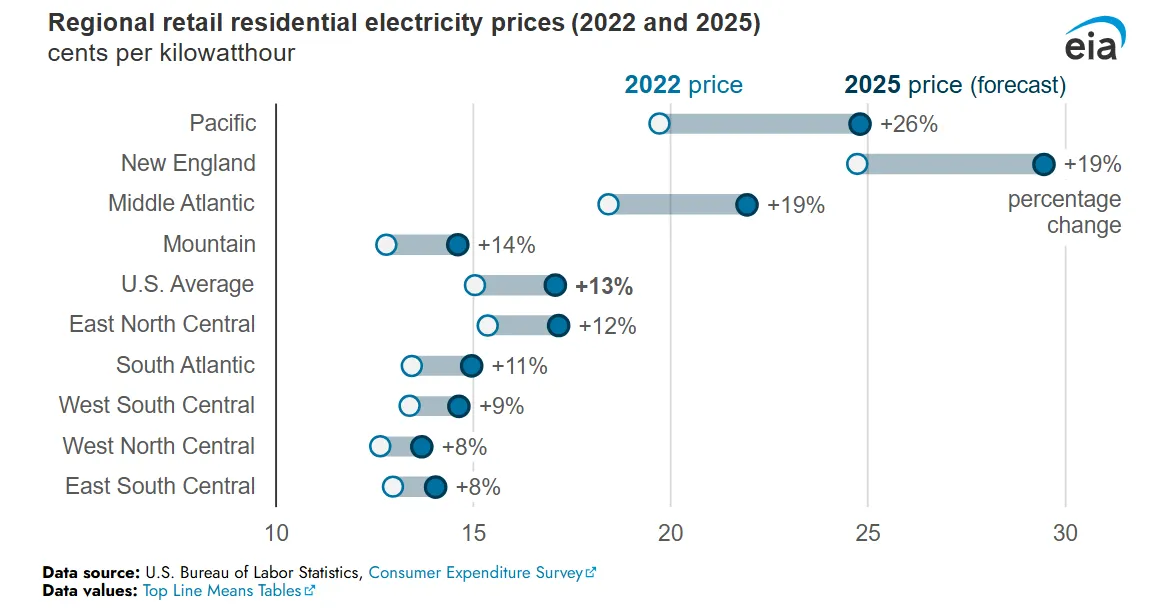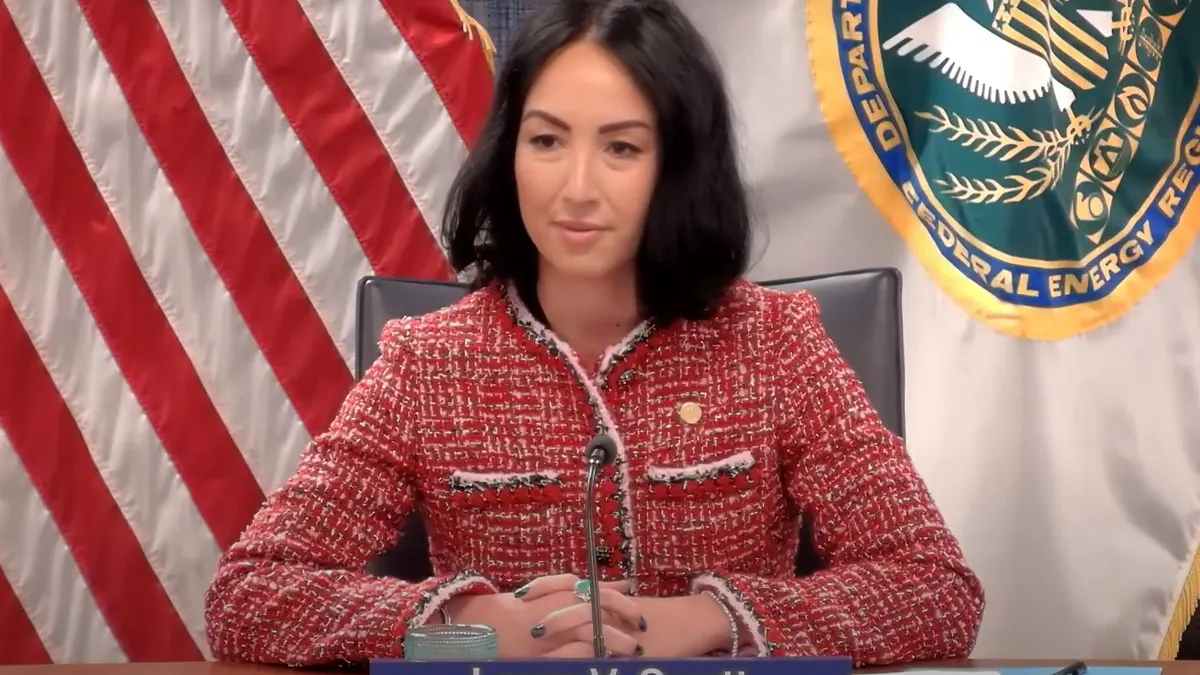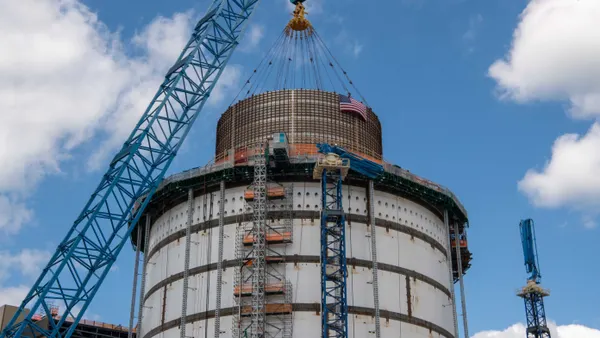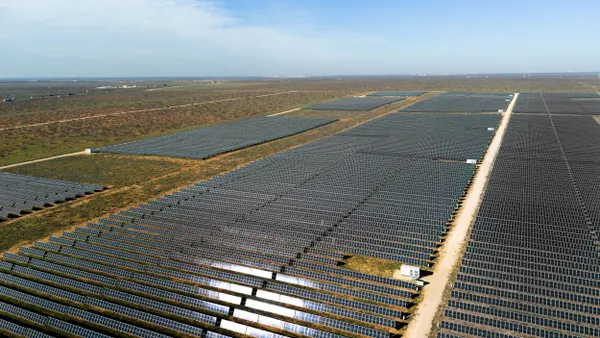Dive Brief:
- Commercial and small business customers in New York City will see summer power bills rise by about 10% and 8%, respectively, Consolidated Edison warned Wednesday. Residential customers will see smaller increases, the utility said.
- The price increases are part of a national trend amid rising demand. “Retail electricity prices have increased faster than the rate of inflation since 2022, and we expect them to continue increasing through 2026,” the U.S. Energy Information Administration said May 14.
- Utilities are making large investments to meet growing demand for electricity. ConEdison has spent about $2.35 billion on its distribution system since last summer, the utility said, including new substation equipment, underground cables and transformers.
Dive Insight:
U.S. energy prices rapidly increased from 2020 to 2022 as a result of the global pandemic and supply chain interruptions tied to Russia’s invasion of Ukraine. Fuel prices have declined in recent years, but electricity price increases have continued unabated, EIA said.
“We expect the nominal U.S. average electricity price to increase by 13% from 2022 to 2025,” EIA said. “Parts of the country with relatively high electricity prices may experience greater price increases than those with relatively low electricity prices.”
The Pacific Coast has seen retail electricity prices rise 26% since 2022, the federal government’s energy data arm said. New England and mid-Atlantic prices have risen 19%.

Retail bills include the cost of generation, transmission and distribution, along with taxes and fees. ConEd has been investing billions in its distribution system, and also raised delivery charges in January under a rate plan the New York State Public Service Commission approved in 2023, the utility said.
A typical residential customer in New York City can expect average monthly bills to be 2.7% higher from June to September, relative to last summer ConEd said. In Westchester County, a residential customer can expect a 1.1% decrease compared with last summer.
An average commercial customer using 10,800 kWh/month and with a peak demand of 30 kW can expect a 9.8% increase to summer bills compared with last year, the utility said. A small business customer using 583 kWh kilowatt will see their bills go up about 8.1%.
ConEd said it has made infrastructure upgrades that include the installation of new substation equipment, 46 underground and 79 overhead transformers, 342 spans of underground and overhead feeder cables, 259 spans of open wire, and 113 poles.
“Our ongoing investments help ensure safe and reliable service, even as the days get hotter for longer and the demand for air conditioning and high temperatures can stress our equipment,” ConEd President Matthew Ketschke said in a statement.















